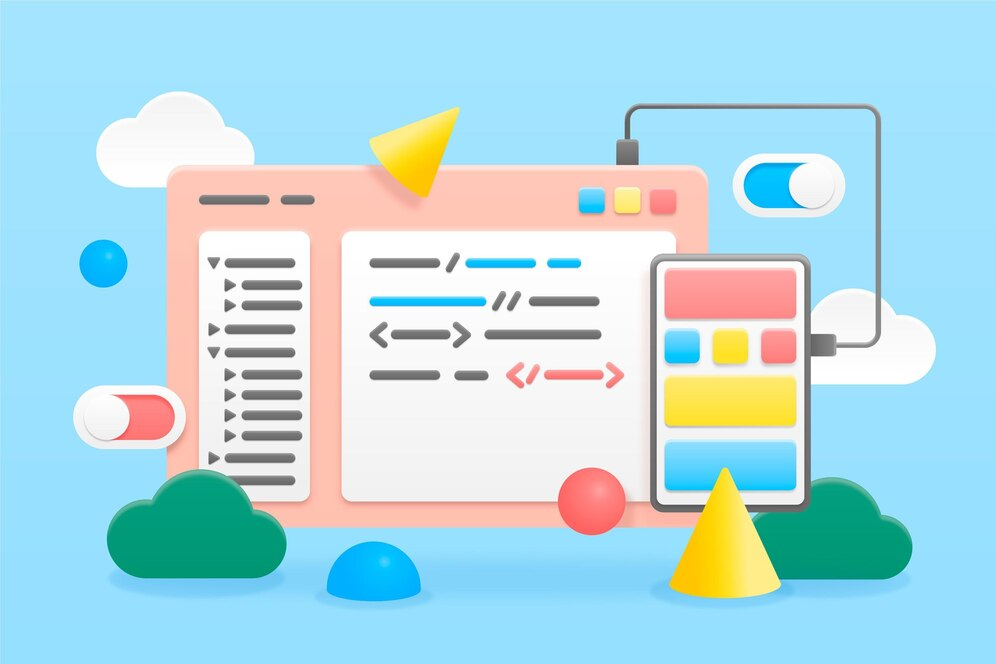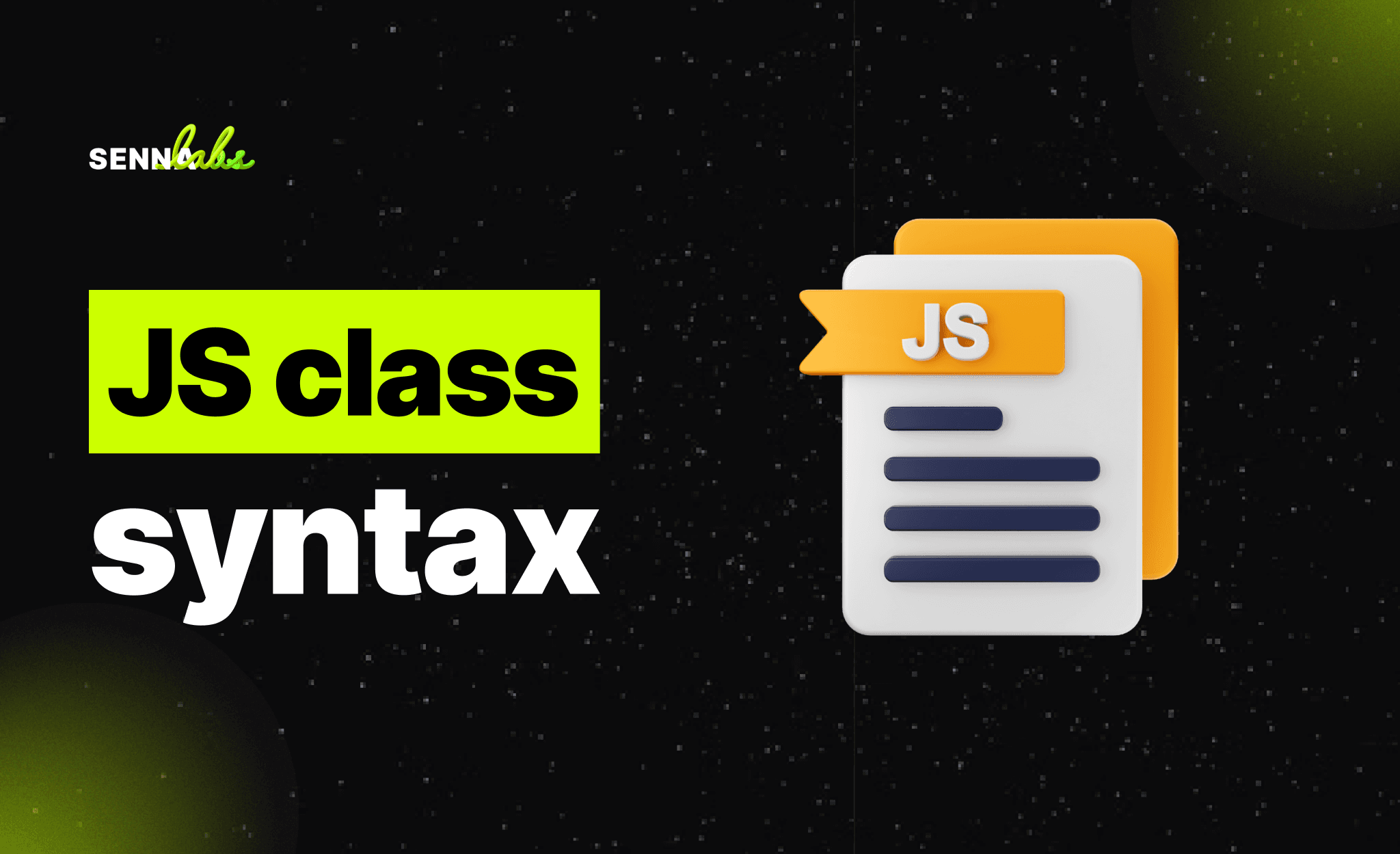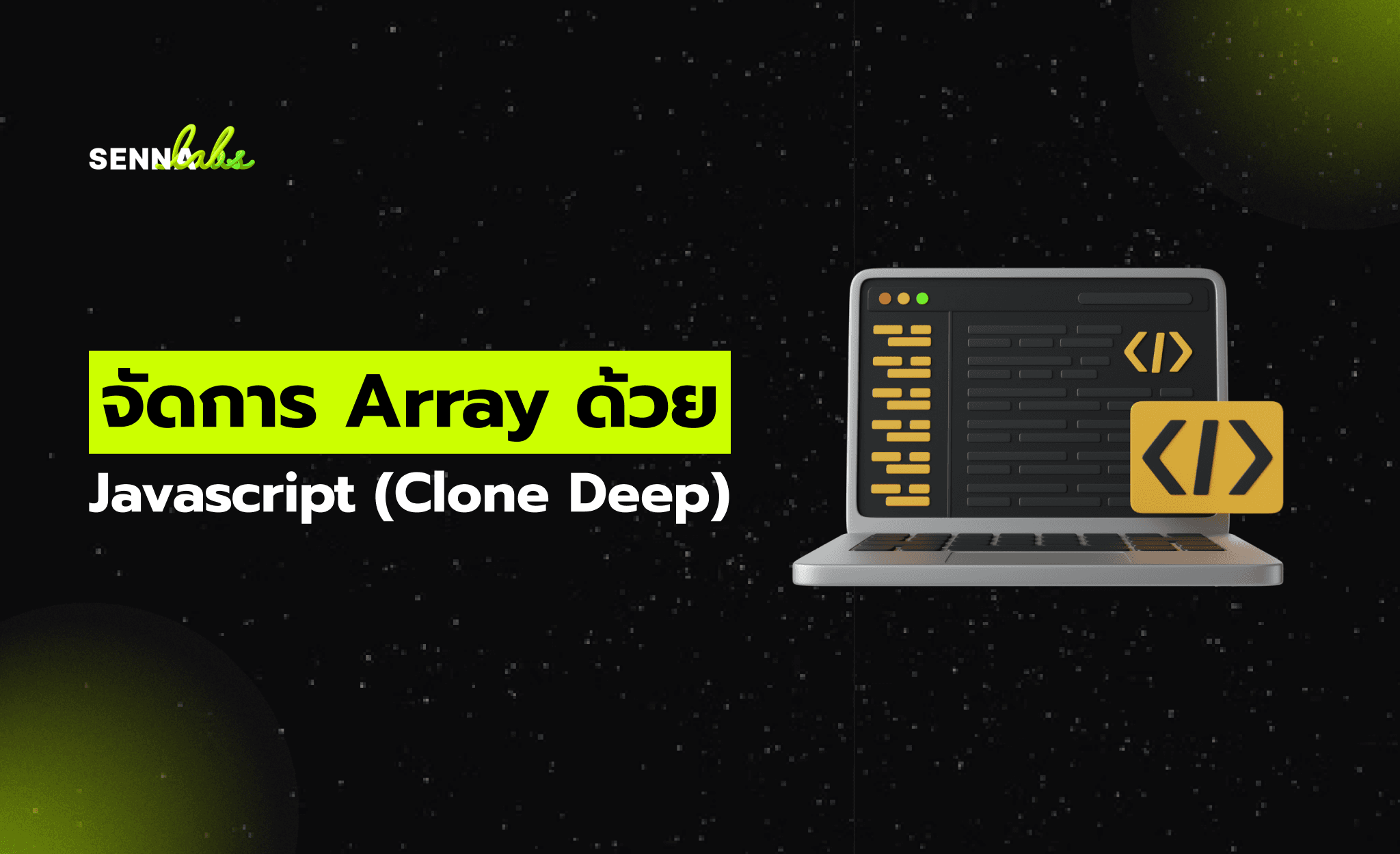Comparison of Popular Web Application Frameworks

Web application frameworks have revolutionized the development process by providing a structured environment to build scalable, maintainable, and efficient web applications. Whether you're developing a simple website or a complex, data-heavy platform, choosing the right framework is crucial to your project's success. This article will compare some of the most popular web application frameworks currently available: Django, Ruby on Rails, Flask, Express.js, and Laravel. Each of these frameworks has its unique strengths and weaknesses, making them better suited for different use cases. Let’s dive into their key features, performance, ease of use, and when each framework is most appropriate.

1. Django (Python)
Overview
Django is a high-level Python web framework that encourages rapid development and clean, pragmatic design. It was designed to make it easier to build web applications by providing a full-stack solution, offering many built-in features like an admin interface, user authentication, and database migration tools. Its primary focus is on simplicity and fast development.
Key Features
-
Batteries Included: Django comes with many pre-built features, such as authentication, session management, an admin panel, form handling, and more.
-
Scalable: Django can scale easily and handle a large number of requests with minimal effort.
-
Security: Django is known for its robust security features, including protection against common vulnerabilities like SQL injection, cross-site scripting (XSS), and cross-site request forgery (CSRF).
-
ORM (Object-Relational Mapping): Django's ORM allows developers to interact with the database using Python code rather than SQL.
Best For
-
Developers looking for a comprehensive, feature-rich framework that comes with most of the components they need out of the box.
-
Projects that require high levels of security and scalability.
-
Teams that prefer using Python for backend development.
Pros
-
Easy to get started with, especially for Python developers.
-
Strong documentation and community support.
-
Comes with built-in tools for testing, user authentication, and more.
Cons
-
Can be heavy for small projects due to its monolithic nature.
-
Has a steep learning curve for beginners who are unfamiliar with Python or web development in general.
2. Ruby on Rails (Ruby)
Overview
Ruby on Rails (often just called Rails) is a web application framework written in Ruby. Rails is designed to make it easier to build robust web applications by simplifying repetitive tasks and following the principle of “Convention over Configuration.” Rails emphasizes developer happiness and productivity, making it popular among startups and web development agencies.
Key Features
-
Convention Over Configuration: Rails minimizes decision fatigue by following predefined conventions, which speeds up development and ensures consistency across the codebase.
-
MVC (Model-View-Controller) Architecture: Rails uses the MVC architecture, which separates the application logic, presentation, and data, making code easier to maintain.
-
ActiveRecord ORM: Rails comes with a built-in ORM that simplifies database interaction.
-
Rich Ecosystem: Rails has a wide variety of gems (pre-built libraries) that extend its functionality for various use cases, including payment processing, file uploads, and more.
Best For
-
Rapid development of web applications where speed is a priority.
-
Startups or businesses looking for an easy way to quickly develop a functional web application.
-
Developers who appreciate simplicity and elegance in their code.
Pros
-
Great for building prototypes or MVPs (minimum viable products) quickly.
-
Large community with many open-source plugins.
-
Built-in tools for testing, debugging, and deployment.
Cons
-
Performance can suffer when handling very high traffic, although caching techniques can alleviate this.
-
The learning curve can be steep for developers who are new to Ruby or the Rails ecosystem.
3. Flask (Python)
Overview
Flask is a lightweight, micro web framework for Python that focuses on simplicity and flexibility. Unlike Django, Flask doesn’t come with built-in components like form handling, user authentication, or an admin panel. Instead, Flask gives developers complete control over the tools they want to integrate into their application. Flask is often chosen for small to medium-sized applications or when developers want to build their architecture from scratch.
Key Features
-
Minimalist Design: Flask’s core is simple, with no unnecessary components added by default.
-
Flexibility: Developers can choose which tools and libraries to integrate into their project, giving them more control over the stack.
-
Extensible: Flask has a large number of extensions available for features like authentication, database integration, and form handling.
-
Python-Based: As it’s built on Python, Flask integrates well with other Python libraries and frameworks, such as TensorFlow for machine learning applications.
Best For
-
Small-to-medium projects that don’t require the overhead of a full-stack framework.
-
Developers who want a lot of flexibility and control over the structure of their application.
-
Those who prefer to work with Python but don’t need the complexity of Django.
Pros
-
Lightweight and minimalistic, allowing for more flexibility.
-
Great for small projects or when building a custom solution.
-
Active community and a large number of third-party extensions.
Cons
-
Lacks many built-in features found in more comprehensive frameworks like Django or Rails, which means developers need to spend more time selecting and integrating libraries.
-
Not as suited for large-scale applications without careful planning.
4. Express.js (JavaScript)
Overview
Express.js is a fast, unopinionated web application framework for Node.js. It simplifies the development of server-side applications by providing a minimalist, flexible approach to building APIs and web apps. Express is widely used with Node.js for developing scalable, fast web applications and APIs.
Key Features
-
Minimalistic and Unopinionated: Express gives developers the freedom to structure their application however they want, without imposing many restrictions.
-
Middleware Support: Express has built-in support for middleware, which allows developers to extend the functionality of the framework without modifying core components.
-
Fast and Lightweight: Express is known for its high performance, making it a go-to choice for building high-traffic APIs or real-time applications.
-
Integration with the Node.js Ecosystem: As a Node.js framework, Express works seamlessly with other JavaScript tools and libraries.
Best For
-
Developers who want to build scalable, high-performance web applications or APIs using JavaScript.
-
Real-time applications like chat apps or collaborative tools.
-
Teams already working with the JavaScript stack (Node.js, React, etc.).
Pros
-
Fast and efficient for building APIs and real-time applications.
-
Extremely flexible and customizable.
-
Works well with modern JavaScript frameworks and libraries.
Cons
-
Lack of built-in structure may make it challenging for developers who prefer more guidance.
-
Requires familiarity with JavaScript and asynchronous programming.
5. Laravel (PHP)
Overview
Laravel is a PHP web application framework that is widely recognized for its elegant syntax and developer-friendly tools. It provides a rich set of features for building robust web applications, including routing, authentication, and an ORM called Eloquent. Laravel has gained significant traction in the PHP community for its focus on developer experience.
Key Features
-
Eloquent ORM: Laravel's ORM simplifies database interaction, allowing developers to interact with the database using PHP syntax instead of raw SQL.
-
Blade Templating Engine: Laravel provides a simple yet powerful templating engine to generate dynamic web pages.
-
Built-in Authentication and Authorization: Laravel provides simple tools to manage user authentication, registration, and permissions.
-
Artisan CLI: Laravel comes with a command-line interface (CLI) called Artisan, which simplifies tasks such as migrations, testing, and database management.
Best For
-
PHP developers who want a modern, elegant framework for building full-featured web applications.
-
Businesses looking to build secure and scalable applications quickly using PHP.
-
Teams that want to leverage the PHP ecosystem for their web development needs.
Pros
-
Developer-friendly with great documentation and community support.
-
Built-in tools for common tasks like authentication, routing, and database management.
-
Easy to get started with and highly customizable.
Cons
-
Can be more resource-intensive than lighter frameworks.
-
Performance may not be as high as Node.js-based solutions for certain high-traffic applications.
Conclusion
When choosing a web application framework, it’s important to consider the specific needs of your project. Django and Ruby on Rails are great choices for developers who need an all-in-one solution with built-in features, while Flask and Express.js provide more flexibility for those who want to tailor their architecture. Laravel stands out for PHP developers, offering elegant tools and a powerful ORM.
Ultimately, the right framework depends on the complexity of your application, the size of your team, and your preferred programming language. By understanding the strengths and weaknesses of each framework, you can select the one that will provide the best foundation for your project, ensuring scalability, maintainability, and ease of development.


Subscribe to follow product news, latest in technology, solutions, and updates
บทความอื่นๆ



Let’s build digital products that are simply awesome !
We will get back to you within 24 hours!ติดต่อเรา Please tell us your ideas.
Please tell us your ideas.







